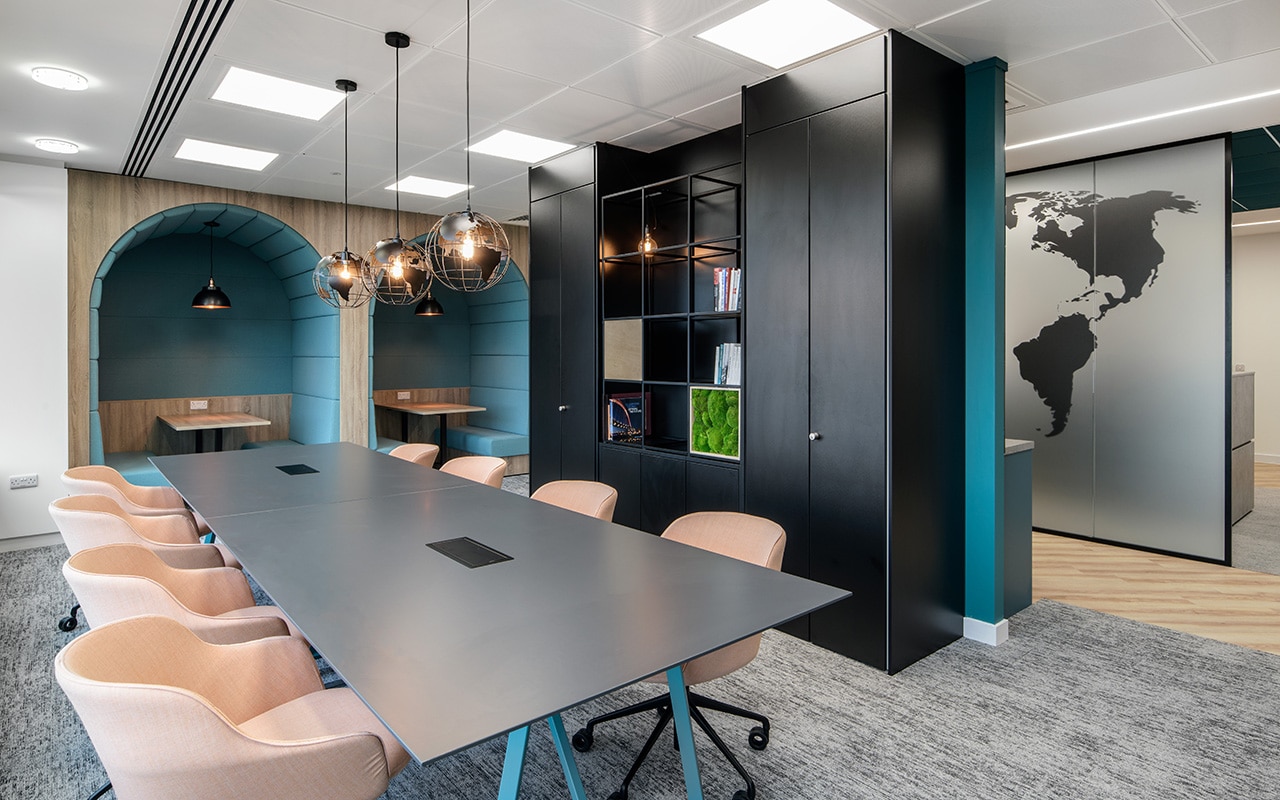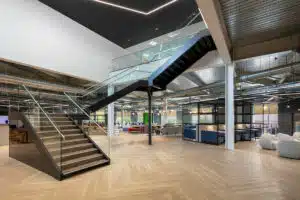Our three-part blog series explores ‘The three C’s’ office workers told us are most valuable to them at work. In this instalment, we look at the importance of providing your people with choice in how they work.
Over a third of employees we spoke with as part of our market research said they would come into the office more frequently if there was better choice of workplace settings. But despite this, only one in three told us their company offers agile working options.
Agile working has been considered the workplace strategy of choice for some time, with more and more organisations recognising that by empowering employees to work in a way that suits them, rather than dictating how and where they must work, they can increase productivity and innovation, and also improve wellbeing.
Following an extended period of time working from home during the pandemic, the role of the workplace has also changed. For many, it’s predominantly now a place to connect with colleagues, collaborate, socialise, and feel part of a team.
With this in mind, business leaders who aren’t already, should be considering investing in an office design which enables people to work where and how they like, and provides them with the necessary facilities, settings, and equipment to do this comfortably.
What is an agile space?
Agile workspaces are designed for maximum flexibility, to encourage employees to work in a setting of their choice, depending on what is most appropriate for the task at hand. This typically means that most people will not be allocated a specific desk. Instead, office spaces are often designed in zones, with dedicated areas for specific teams. These team areas are usually designed in line with the team’s bespoke requirements, so may include media walls for example, for creative teams, or could be designed to provide additional acoustic benefits for teams where confidentiality is important, such as HR or finance.
Other popular features of an agile space could be quiet zones which promote privacy and concentration, such as sound-proof pods or phone booths, or simply areas where conversation and phones are not permitted. Social and breakout areas where people can take time out to relax with colleagues are also prominent and are often designed to be flexible and double up as larger informal meeting spaces. Collaboration is at the heart of most agile workplaces, so a variety of meeting areas are usually incorporated. This can range from fully enclosed private rooms, to stand up collaboration tables and open plan brainstorm areas.
What are the benefits of agile working?
Improved productivity, creativity and innovation are just some of the proven advantages to providing employees with the autonomy to work in the best way possible for them. In addition, by empowering people to choose how they carry out their roles and trusting them to do so, helps to develop a culture of honesty and transparency.
When it comes to your office design, what works for one company won’t be the same as what works for another. If you’re rethinking your workplace, our consultants can help review your peoples’ needs in line with your business processes and requirements, and develop an agile workplace strategy that works for you.




